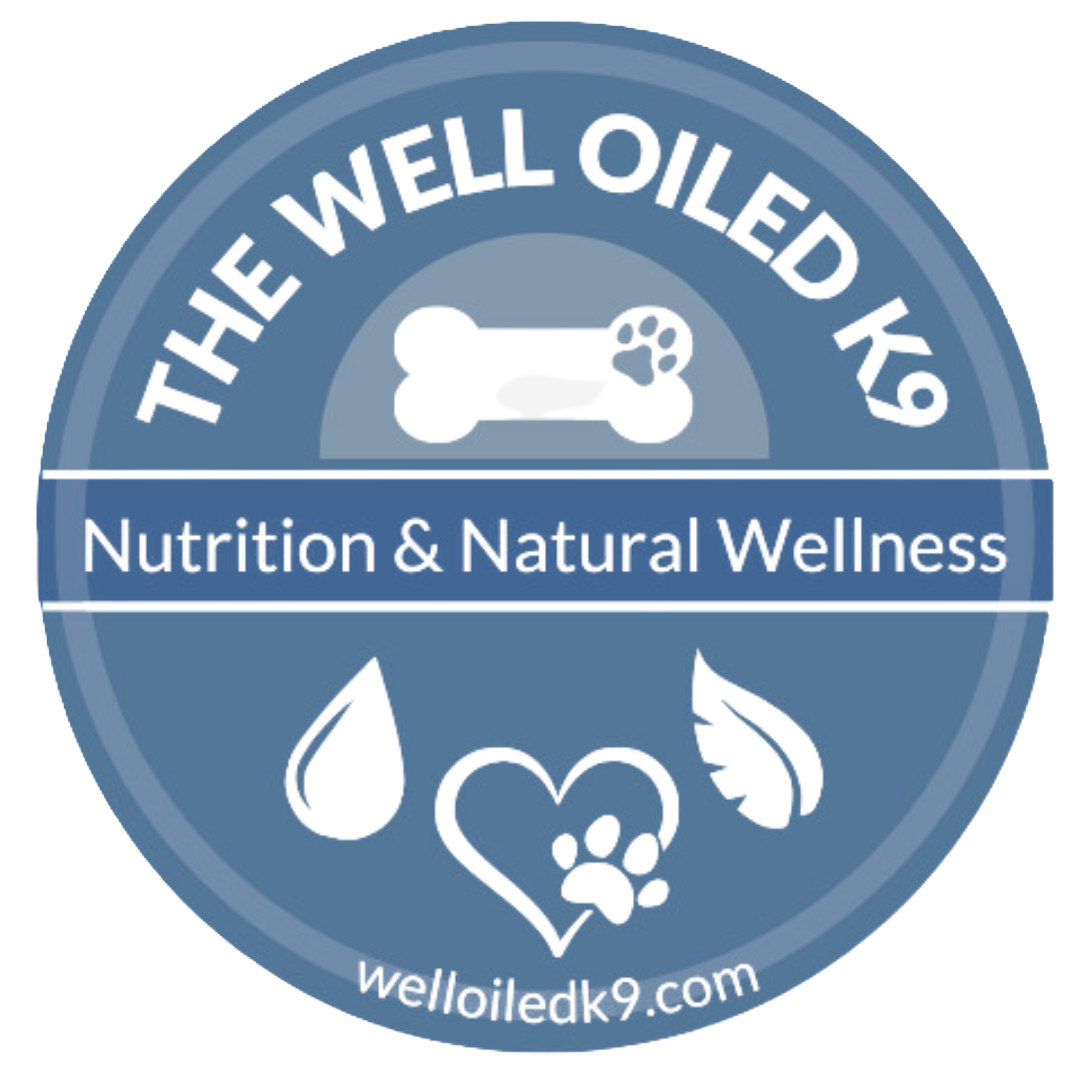Internal Use Of Essential Oils
Essential oils are highly concentrated plant extracts that are used for a variety of purposes, including aromatherapy, topical application, and internal use. While the use of essential oils aromatically and topically is fairly common and well-understood, the internal use of essential oils is a topic that requires more caution and care.
As you begin to use essential oils, you’re sure to come across the question “Is it Safe to Ingest Essential Oils”. Some folks with tell you it’s neer ok. French Aromatherapy says otherwise, and frequently recommends the safe ingestion of essential oils.
Let’s explore how to ingest essential oils safety and why you would want to.
GRAS Essential Oils
One important thing to consider when using essential oils internally is the concept of GRAS, or Generally Recognized as Safe. This is a designation given by the FDA to certain substances that are considered safe for consumption. Not all essential oils have GRAS status, so it is important to do your research and only use oils that have been deemed safe for internal use.
Young Living Vitality
You can easily recognize a Young Living Oil as safe to ingest by the Vitality designation and the white label. This differentiation is made to make it very clear to the user whether an oil is approved for ingestion or internal use. However, there is no difference in the essential oil in a 5ml white label bottle vs the larger bottles with colorful labeling.
How To Ingest Essential Oils
When it comes to using essential oils internally, there are a few different methods to consider. One popular method is to use gel caps, which are capsules filled with your selected oils. Simply add your oils to a gel cap designed for essential oil use and take as directed or needed.
Essential Oils In Beverages and Recipes
Another method is to use the oil in tea, which can be a soothing and relaxing way to consume the oil.
Another way to use essential oils internally is to add them to food or drinks. This can be a great way to get the benefits of the oil while also enjoying a tasty treat. Make note that when essential oils are heated they will lose some of their efficacy for therapeutic benefit, but will still add wonderful flavor. Also, note when using in recipes it takes only a small amount — sometimes just a dip of a toothpick into the oil and swirl it in your recipe. Start low — you can always add more.
Consuming Hot Essential Oils
Oils are described as hot when they create a tingling or burning sensation on the skin. Cinnamon, Clove, and even Peppermint are often described as hot. When it comes to hot essential oils, it is important to use a carrier oil or fat in order to dilute the oil and reduce the risk of skin irritation or the sensation of heat or tingling as the essential oil is released into the digestive tract. Carrier oils such as coconut oil, olive oil, or avocado oil can be used to dilute hot oils and make them gentler for use internally.
One other thing to keep in mind when using essential oils internally is to start with a low dose and gradually increase as needed. This will help you gauge how your body responds to the oil and can prevent any adverse reactions. Essential Oils will generally metabolize out of the body in a few hours.
When To Choose Internal Use of Essential Oils
Ingesting essential oils can be more effective than topical or aromatic use in certain situations. Some examples of when ingesting essential oils may be more beneficial include:
Digestive Issues: Essential oils such as peppermint, ginger, and fennel can be helpful for addressing issues such as stomach discomfort, nausea, and indigestion. Ingesting these oils can be more effective than using them topically or aromatically.
Immune Support: Some essential oils, such as oregano, thyme, and lemon, have powerful antimicrobial properties and can be useful for supporting the immune system. Ingesting these oils can help to target harmful microorganisms directly in the gut.
Systemic Support: Ingesting essential oils can also be helpful for addressing issues that affect the entire body, such as high blood pressure or high cholesterol. For example, consuming garlic oil can be beneficial for reducing hypertension.
Targeting Internal Organs: Some essential oils can be used to target specific internal organs such as the liver, lungs, and kidney. The internal use of essential oils can be more effective in this case because they can reach the targeted organ directly.
Learning to use essential oils is better with a coach and a team of like-minded people who will share information and resources with you! You won’t get the same supportive care when you guy them online or in the department stores. Join the team — it’s where the magic happens.

